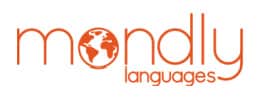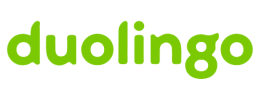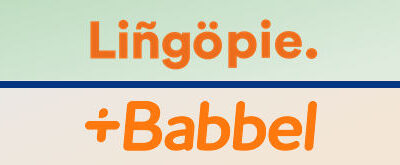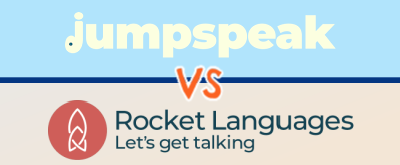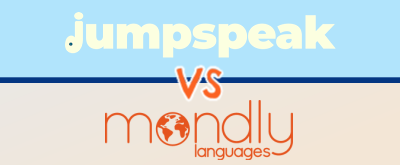Choosing the right language learning app can make all the difference in achieving your fluency goals. This article compares Mondly and Duolingo, two popular platforms with unique features, to help you decide which one best fits your learning style and objectives.
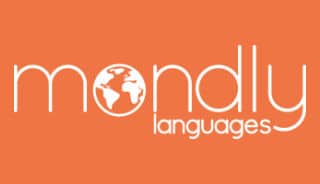
Sale: 50% OFF
Applied In Cart
|
$4-$10/mo |
Mondly is a language learning app that uses interactive lessons, speech recognition technology, and gamified activities to teach practical vocabulary and conversational skills in a visually engaging and intuitive way. |
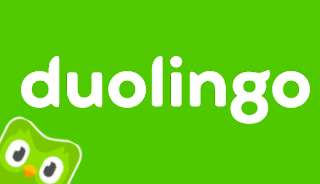
Free Version
Sign Up Today
|
$13/mo (Super Plan) |
Duolingo is a popular language learning app that uses bite-sized, gamified lessons focused on vocabulary and grammar, offering a more casual and less comprehensive approach compared to Mondly. |
Editor’s Choice
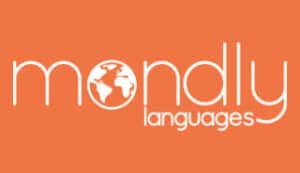
Mondly
- 40+ Languages
- Free Trial
Pros
- Focus on teaching useful, practical vocabulary
- Effective use of natural sentences (better than Duolingo)
- Quick, engaging lessons
- Helpful spaced repetition review feature
- Unique AR & VR apps available
Cons
- No free version like Duolingo
- All lessons follow the same format
Reasons To Choose Mondly For Language Learning
To kick this comparison off, let’s discuss the strengths of the Mondly language program in relation to Duolingo.
Use Of Natural Language
Our team found that Mondly excels over Duolingo when it comes to using natural sentences and phrases in its lessons (same story with Pimsleur). With Duolingo, this appears to be a recurring issue, as we observed similar complaints in online forums and encountered a few instances ourselves—sentences that, while grammatically correct, felt odd or out of place.
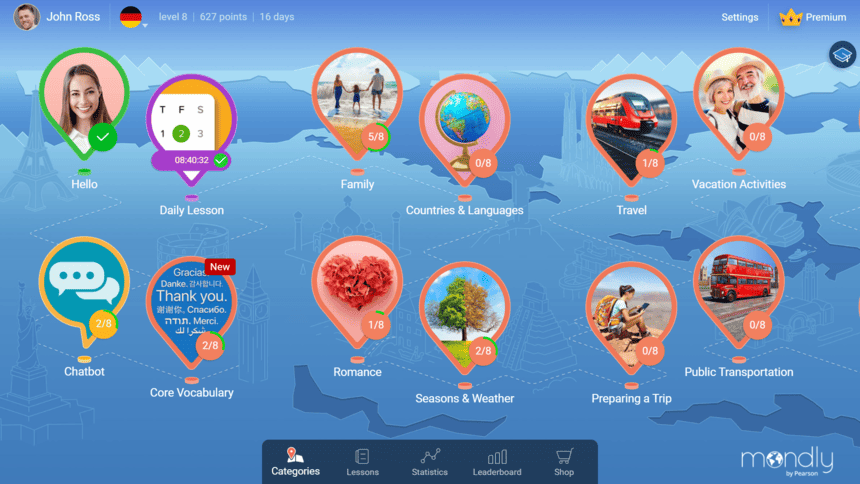
We also came across numerous online discussions highlighting incorrect translations in Duolingo, though these seem to have diminished somewhat over time. Even so, awkward or bizarre sentences do pop up occasionally, disrupting the learning flow. Examples like “I am making lunch out of you” or “it called my ear” demonstrate this inconsistency.
Ultimately, the key takeaway is that Mondly provides a more polished and reliable experience with natural phrasing and accurate translations, offering a smoother learning process overall.
Focus On Useful Vocabulary
Another standout feature of Mondly is its focus on teaching practical, real-world vocabulary (similar story with Babbel). The words, phrases, and sentences you learn—such as “I need to buy milk” or “can I have a glass of water?”—are immediately useful in everyday scenarios, which isn’t always the case with Duolingo.
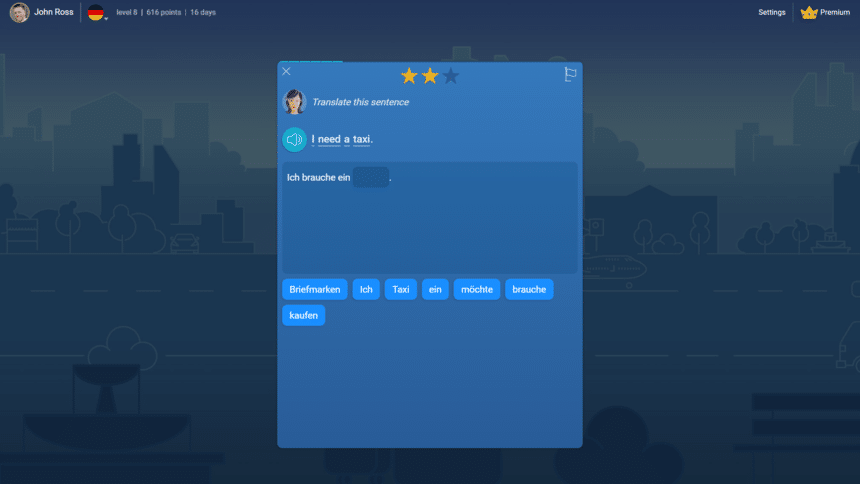
Additionally, Mondly offers job-specific courses tailored to fields like marketing, negotiations, customer service, finance, and healthcare, making it a valuable resource for working professionals. When it comes to practicality and real-world application, our team gives the edge to Mondly.
AR & VR Apps
Mondly stands out in the language learning space with its innovative use of virtual reality (VR) and augmented reality (AR) technology, which complements its standard lessons. While both Mondly and Duolingo offer interactive dashboards and engaging visuals, Mondly takes immersion to another level with its VR app.
This tool places users in realistic environments, such as coffee shops or bus stations, where they practice speaking with simulated locals. Though the VR app requires an Oculus headset and costs around $5, it provides a unique and immersive way to develop conversational skills.
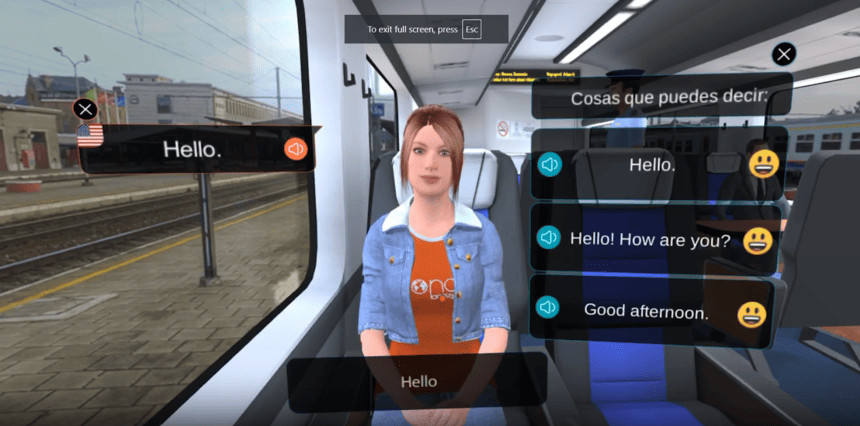
For those without access to VR, Mondly’s AR app offers an equally exciting experience and is free with a premium account. The AR app scans your room and brings language learning to life by creating a CGI teacher and animations that interact with your environment. For example, if you’re studying food, the app projects animated images like apples and bread while guiding you through vocabulary practice. This interactive feature allows users to engage physically by exploring the animations, making the process more dynamic and memorable.
Overall, Mondly’s VR and AR tools offer a refreshing change from traditional lessons and excel in promoting conversational practice. Unlike Duolingo’s more static approach of repeating words in isolation, Mondly places learners in simulated real-world scenarios, which is more effective for building practical language skills.
While Mondly takes the edge here, we recognize that apps like Rocket Languages and Pimsleur may provide even stronger resources for mastering speaking and pronunciation.
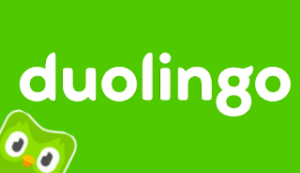
Duolingo
- 40+ Languages
- Free Version Available
Pros
- Fun, gamified learning experience
- Duolingo offers a free version for learners
- Regular review sessions to boost retention
- Diverse mix of practice drills and exercises
Cons
- Free plan is pretty limited in terms of content/features
- Language usage and translations can be odd at times
- Limited grammar explanations
Reasons To Choose Duolingo For Language Learning
Now that we’ve talked about the major pros of going with Mondly to help you with your language learning goals, let’s flip the script and discuss why you may want to consider Duolingo to learn a new language such as Spanish, Russian or Japanese.
Duolingo Is Free (Sort Of)
One of Duolingo’s biggest draws is its free plan, which makes language learning accessible to virtually everyone. This is a commendable feature, especially for learners on tight budgets, as it opens up opportunities to study without financial barriers. However, as with most free programs, there are notable limitations that can affect the overall learning experience.
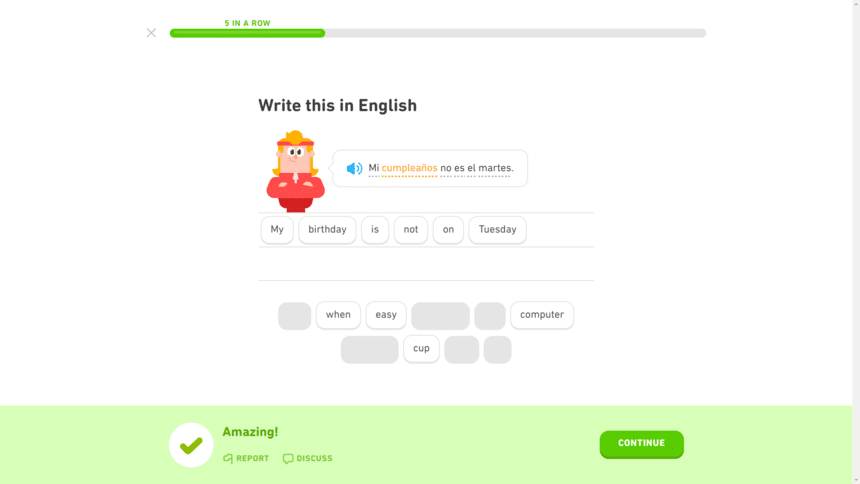
For starters, the free version is ad-supported, which can interrupt your focus and become frustrating over time. Additionally, it restricts users with a limited number of “hearts,” essentially representing incorrect answers. Once you run out of hearts, you must either stop learning for the day or revisit old lessons to earn more, which can be discouraging. Another drawback is the limited availability of “test outs,” a feature that allows learners to skip familiar material by passing a short quiz. Free users are only allotted a small number of these opportunities, slowing down progress for those with prior knowledge.
While Duolingo’s free plan is an excellent option for beginners or those unable to pay for a subscription, it comes with compromises in usability and efficiency. These limitations make the experience less seamless compared to paid alternatives, which often provide more robust and uninterrupted learning tools.
Variety Of Practice Drills
One standout feature of Duolingo is the variety within its lessons, drills, and exercises. The app presents content in multiple formats within a short session, encouraging learners to engage with material from different angles, which helps maintain focus and interest.
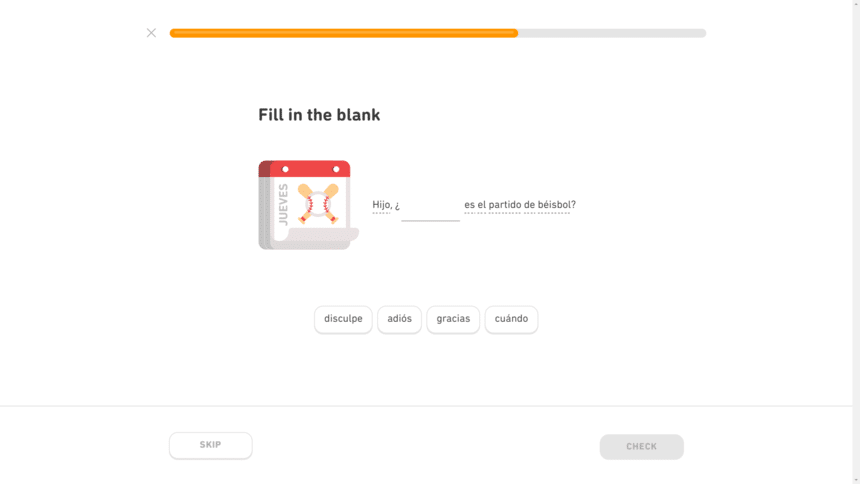
Additionally, Duolingo’s lessons are short in length, making them ideal for busy individuals, such as working professionals or parents, who have limited time for daily language practice. The bite-sized format allows for consistent progress without feeling overwhelming.
Overall, the dynamic and fast-paced structure of Duolingo’s lessons stands out as a strength, offering a flexible and engaging learning experience that accommodates a variety of schedules.
Gamified Learning Experience
A major strength of Duolingo is its effective use of gamification to enhance the learning experience. Completing lessons rewards users with experience points (XP) to track progress toward daily goals and in-app currency, known as lingots, which can be spent on additional features in the Duolingo store. This system keeps learners motivated and engaged through a sense of accomplishment.
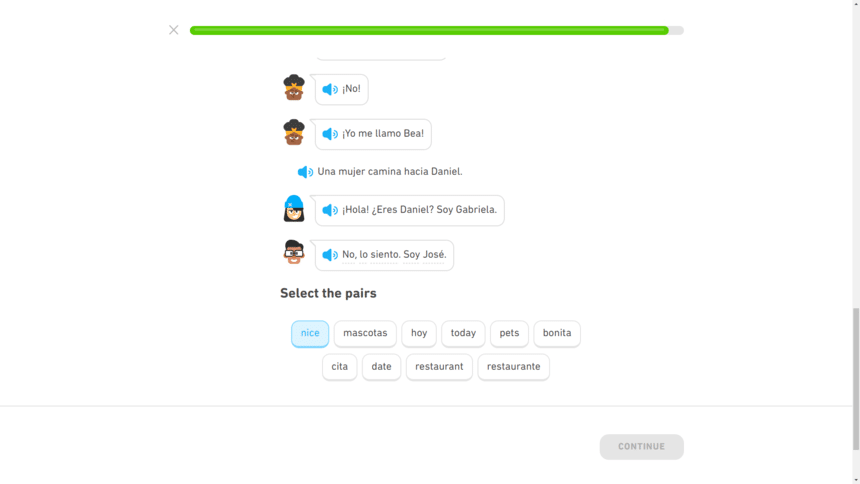
The app’s design also adds to its appeal, featuring a clean, user-friendly dashboard filled with colorful, cartoon-style animations. It includes tools like a daily goal tracker and a scoreboard for competing with other users, creating a fun and interactive environment.
Overall, Duolingo’s combination of gamified elements and community-focused features makes the language learning process enjoyable and rewarding, turning it into a collaborative and entertaining experience.
Verdict: Which Language App Should You Choose?
After thoroughly testing both programs, our team found that Mondly and Duolingo offer similar core features, such as short, engaging lessons, a game-like environment, and budget-friendly pricing. Both apps cater to casual learners looking for a fun and accessible way to study a new language. However, after weighing their strengths and weaknesses, we believe Mondly edges out as the stronger option overall.
One of the standout features of Mondly is its innovative use of augmented reality (AR) and virtual reality (VR) apps, which make the learning process interactive and immersive. These tools are excellent for practicing pronunciation and conversational skills in simulated real-world scenarios, helping users gain confidence in speaking. Additionally, Mondly excels in delivering natural, accurate translations and teaching practical, everyday language that learners are likely to use, setting it apart from Duolingo’s more basic approach.
That said, we view both Mondly and Duolingo as supplemental tools rather than comprehensive solutions for achieving fluency. While they are fantastic for beginners or casual learners, those looking for a more robust language learning experience might consider alternatives like Babbel or Rocket Languages, which offer more structured and in-depth instruction to build true proficiency.
The main difference between Duolingo and Mondly lies in their approach to immersion and interactivity. Mondly offers unique features like augmented and virtual reality apps to simulate real-world conversations, while Duolingo focuses more on gamified lessons and a simpler, more casual learning experience.
Mondly is generally considered the better app for those seeking a more immersive and interactive learning experience, with its augmented and virtual reality features that enhance pronunciation and conversational skills. However, Duolingo remains a strong choice for beginners or casual learners due to its free access, gamified lessons, and easy-to-use interface.

